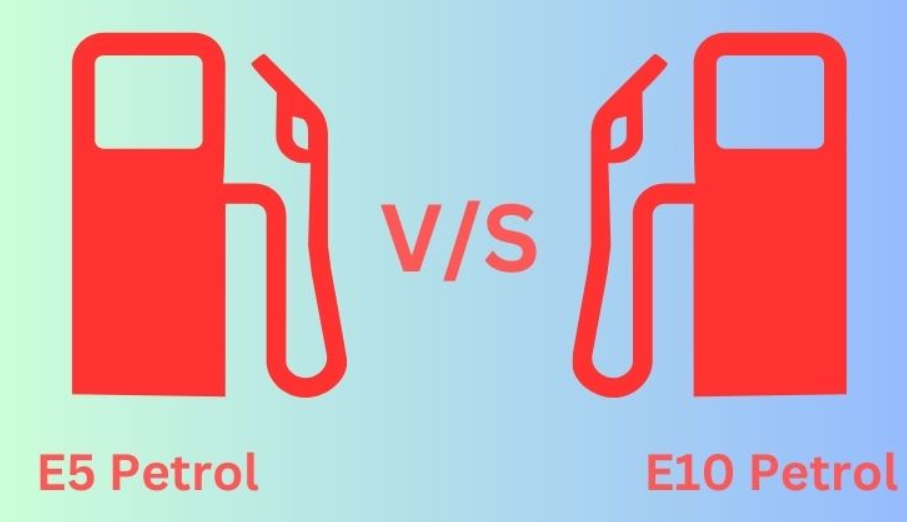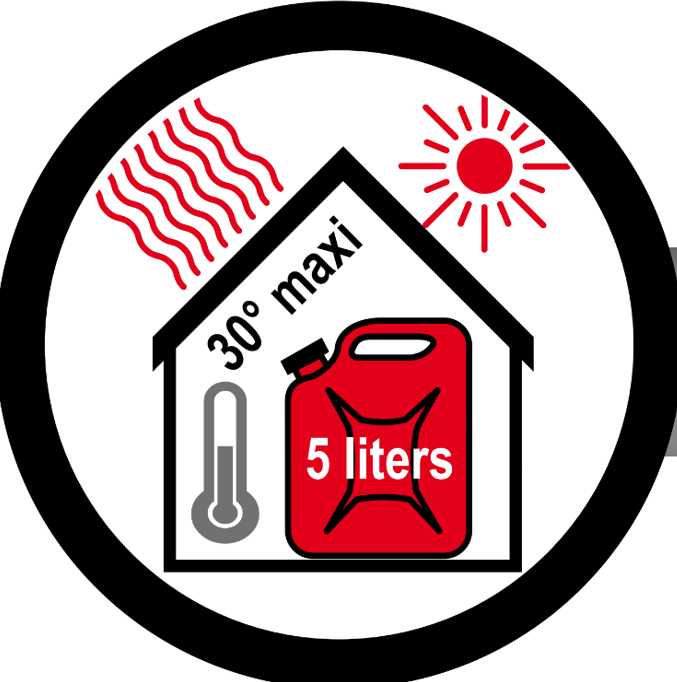
When fuelling your Honda petrol engine, whether it’s in a lawnmower, generator, strimmer, or pressure washer, the type of fuel matters. The golden rule is to stick with fuel containing no more than 10% ethanol, as higher levels can damage fuel system components through corrosion. In the UK, standard unleaded petrol from petrol stations typically contains 10% ethanol, while super unleaded generally has 5%, but always double-check at the pump. Both these options are safe for your Honda engine.
Fuel Storage
Proper fuel storage is crucial. Use only clean, sealed, approved containers specifically designed for storing petrol. If you’re using a steel container like a jerrycan, ensure it’s free of internal corrosion. Store petrol in a cool place, away from direct sunlight. Remember that petrol purchased at the pump begins to deteriorate after just a month, with higher ethanol content leading to faster degradation. Stale fuel is a common cause of Honda engine problems, especially when it sits in the carburettor.

What happens if fuel has been left in my engine for a long time?
If you’ve left fuel in your engine for an extended period, you might find it difficult or impossible to start. Stale fuel leaves behind oxidized matter that can clog the carburettor jets, disrupting the fuel/air ratio and causing poor engine performance or a complete failure to start. This requires cleaning or, in severe cases, replacement of the carburettor. In addition, ethanol in the fuel attracts water. Initially it mixes with the ethanol, but at higher concentrations it separates and settles to the lowest point, which leads to corrosion causing starting and running problems.
Prevention of stale fuel
Preventing stale fuel is key. Use up your fuel within a month (slightly longer with 5% ethanol). However, if you anticipate storing fuel for longer periods, utilizing Honda fuel stabilizer. This additive helps maintain fuel quality and prevents the formation of harmful deposits. This stabilizer allows you to extend the freshness of your fuel for up to 12 months, enabling carefree operation without worrying about deterioration. It’s important to emphasize that fuel stabilizer serves as a preventative measure, not a cure. It must be added to fresh petrol to preserve its quality; it cannot revive or restore already stale fuel. Therefore, proactive use of fuel stabilizer is essential for maintaining fuel freshness
Alkylate petrol
Alkylate petrol (eg Aspen) stands out from the ordinary petrol dispensed at standard gas stations due to its remarkable purity and extended shelf life. The primary distinction lies in the alkylation process, where gaseous hydrocarbons extracted from crude oil are combined through a chemical reaction. This creates a liquid alkylate, which forms the core of alkylate petrol. After incorporating additional components, the final fuel emerges.
The purity of alkylate petrol is unmatched compared to traditional petrol. It virtually eliminates harmful aromatic hydrocarbons like benzene and polyaromatics (PAHs). This distinction becomes evident upon opening a container of alkylate petrol.
However, due to the availability of different Alkylate fuels, no recommendation from Honda for their use can be provided at this time. Please refer to the instructions and data sheet provided by the Alkylate manufacturer for more information
